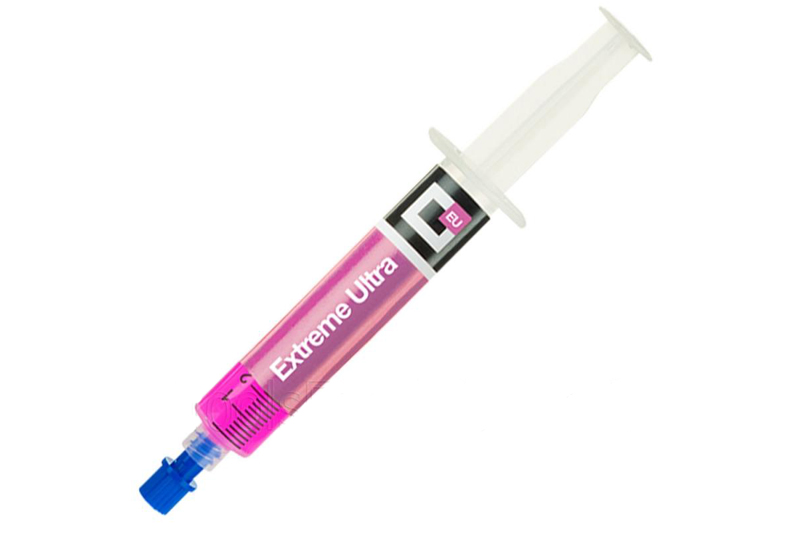
David Raven, owner of www.airconditioningworkshop.co.uk, looks at the reputation of A/C leak stop products and the next generation of products now available.
Ten years ago an air conditioning blog (aircondition.com) asked professional A/C technicians about leak stop products and some of their answers were not very flattering. The available leak stops investigated used the polymer/dryer formulation. As refrigerant leaked out of the system, moisture is created and activates the chemicals to self-seal. Early compositions had limited success fixing the leak, causing more harm than good to both the A/C system and recovery equipment. Chemicals used were polymer based and unless they included an adequate dryer, the treatment reacted to moisture in the A/C system long after the leak was repaired. These glops of polymer gum, not only gummed up the works, they managed to gum up the image of A/C leak stop treatments for decades.
Not so long ago I quizzed HVAC and Auto engineers on LinkedIn about leak stops. Many of them still bore the scars of their early experience with polymer leak stops. Or they knew of someone else who had a bad experience and were clearly not interested in considering new leak stop developments. They were not aware – and still won’t be – there had been a breakthrough, with the introduction of an oil-based leak stop that does not use any chemicals which react with moisture. Should any moisture remain in the system or be introduced accidently at a later date, the new leak stop treatment already in the compressor and pipework does not cause any damage or harm to recovery equipment in anyway whatsoever. These lubricant based leak seals are designed to repair small micro leaks less than 0.3mm permanently. A technique first reported in the mid-1980s, used small particles of Graphite and Teflon suspended in a refrigerant oil injected into the refrigerant circuit. The oil used is compatible with the PAG or synthetic oil present in the A/C system.
“…there had been a breakthrough, with the introduction of an oil-based leak stop that does not use any chemicals which react with moisture.”
So effective were these new oil based leak stops, in USA, they are included in some public tender documents, for certain mission critical equipment. Italian manufacturer, Errecom Srl; went on to develop a range for HVAC and Auto A/C. Each product incorporates Nano-particles that are forced into a leak (less than 0.3mm) and agglomerate to make a tight seal. Errecom describe this method as being similar to blood platelets floating around our own bodies. Activated by pressure and flow at the leak point, particles are dragged together with refrigerant gas and lubricant towards the outside of the system. The particles (platelets) form a kind of skin – or scab, permanently sealing the hole. Errecom have gone on to develop a range of chemical air conditioning tools with leak stop a best seller.
The market is competitive and similar products are being produced in the USA. Staying ahead Errecom recently launched the next generation called Extreme Ultra, requiring only 20% of the lubricant used in their existing range of leak stops to achieve the same results. To achieve this they developed new molecules, leading to a reduction of lubricant introduced into the A/C system. These new molecules have given a higher performance requiring just 6ml of lubricant to treat systems up to 21kw (which were previously treated by 42ml of Extreme)”
“The particles (platelets) form a kind of skin – or scab, permanently sealing the hole.”
Using this particular leak stop the treatment is injected by syringe into the low pressure port of a vehicles A/C. It should be repeated that these oil based leak stops are designed for micro leaks less than 0.3mm in diameter. This could be a faulty seal or pin hole caused by acid pitting the pipework. A simple test to determine the size of the leak and if Extreme Ultra will fix it, is to charge the A/C with refrigerant gas and if the system cannot hold say 1bar of pressure for about 4 minutes then an oil based leak stop will NOT work. Usually the loss of refrigerant occurs over days and weeks. A customer arrives with their car for a re-gas and a couple of days later is back saying the air conditioning is not working again. First logical option is to track down the leak and to fix it. Alternatively, this kind of leak will be repaired permanently using a lubricant based leak stop.
One argument against using a leak stop is that it is a short-term fix i.e. lazy way of repairing a system, and a good engineer/technician will always strive to trace the leak and repair it. Who could disagree if budgets and time are unlimited? This argument applies equally to all types of air conditioning and refrigerant systems. But what do you do if the leak is impossible to get at without major disruption. The option of using a product designed for this very application suddenly makes a lot of sense. Taking roughly 30 minutes to apply the treatment including running in the A/C system. Injecting through the low pressure port, using an adapter supplied with the syringe, taking only seconds to complete. It is best to do this with some gas in the system but not fully charged. While I am sure there will still be plenty of people who cannot accept this new generation of leak stops whatever the formulation, these products are a game-changer, with repeat orders and rising sales doing all of the talking. Sorry guys, leak stops are here to stay and will just keep getting better – time to forget their gummy past.









